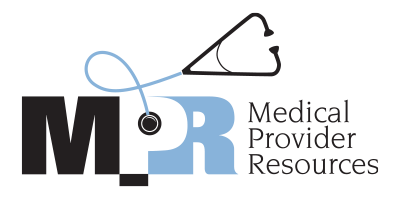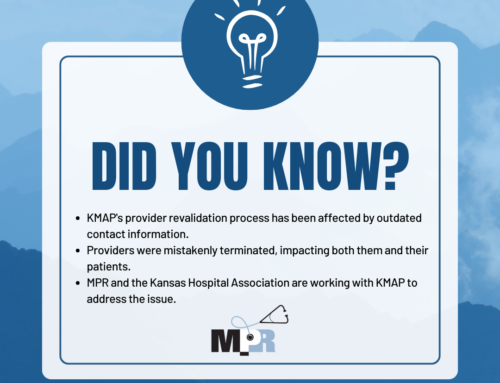The distinction between emergency and disaster privileges is straightforward: emergency privileges are provided to current medical staff practitioners, while disaster privileges are extended to external practitioners to manage multiple patients during a disaster situation.
It’s essential to remember that emergency privileges are temporary and granted to existing staff practitioners. These privileges allow them to perform tasks beyond their usual scope with the aim of saving a patient’s life, limb, or organ. However, it’s important to note that these privileges are relinquished once a practitioner with the necessary privileges takes over the care. This ensures the continuity of patient care.
Disaster privileges, on the other hand, are for practitioners who are not part of our medical staff but may need to treat patients during a community disaster. These privileges are only activated when a hospital’s Emergency Operations Plan is in effect. This plan allows for a prompt credentialing process based on proper identification and membership in recognized disaster management teams. While these practitioners may be identified through team membership or personal references, the medical staff services department must attempt to primary source verify each physician’s licensure, ideally within 72 hours. The medical staff must also oversee their performance and decide whether to continue their disaster privileges based on their performance within the same timeframe. This strict verification process ensures the competence and credibility of the practitioners during a community disaster. Notably, this type of privilege automatically expires when the disaster has ended.
Hospitals must review their bylaws regarding emergency privileges and disaster privileges. This proactive step ensures that their policies accurately reflect these two types of privileges, enhancing their institution’s readiness and response capabilities.



